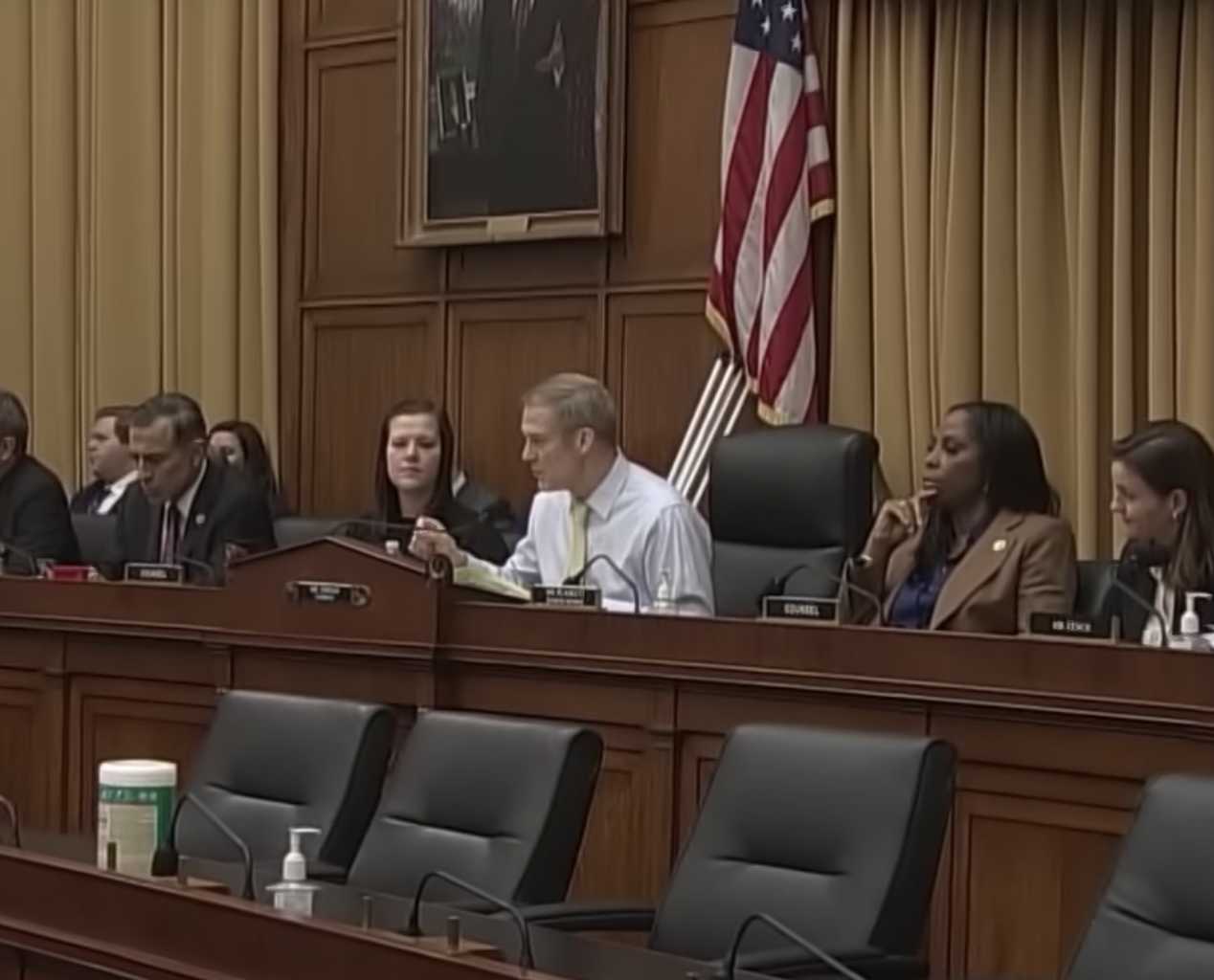By Ross Parker
ticklethewire.com
Three months ago the mother of an Ypsilanti Township man found her young son slumped over in his bed, dead, with a syringe still in his hand. He was one of the latest victims of the deadly combination of heroin laced with the prescription drug fentanyl.
Zachary Burdette is charged in U.S. District Court in Detroit with causing this death and two others resulting from a growing epidemic of combining heroin with this pharmaceutical drug.
Earlier this year Dennis Sica was convicted in New York with the same crime, again resulting in three deaths. He named the deadly heroin-fentanyl combination “Breaking Bad.”
Outside of law enforcement and medical circles, fentanyl is a little known synthetic opiate, the most potent one available for medical treatment. The rise in the use of heroin, especially by younger and more affluent buyers, has made fentanyl a particularly useful cutting agent to increase the potency of low quality heroin, and occasionally cocaine. Fentanyl is 30 to 50 times more potent than heroin. The deadly problem is that it achieves this purpose only too well, and the result has dramatically increased overdose deaths in the last two years.
Fentanyl is often sold on the street without identifying it, as for example a “fake Oxy” pill or “hybrid smack.” It also has a dozen analogues manufactured in clandestine labs often referred to as “China White.”
In March 2015 DEA issued a nationwide alert on this danger through the El Paso Intelligence Center (EPIC). The National Forensic Laboratory Information Service reports that the number of lab submissions containing fentanyl increased from 942 in 2013 to 3,344 in 2015. Those numbers are continuing to rise this year.
During the first five months of 2015 there were more than sixty deaths attributed to this combination in southeastern Michigan. California, New Jersey, and Pennsylvania report similar numbers. Overdose deaths involving fentanyl in Canada have surged the last year. Deaths from using fentanyl are twice as prevalent in Ontario as heroin deaths and account for one-fourth of the overdose deaths in British Columbia, up from just five per cent in 2012.
The other aspect that makes the drug so desirable to dealers is its accessibility through prescription drug abuse. Fentanyl has been used by doctors since the 1960s as a particularly effective anesthetic and pain reliever. Its rapid onset character is an effective pain reliever for cancer patients. It is prescribed in several forms, including transdermal patches, oral tablets, nasal sprays and lozenges on a stick (referred to as “lollipops”).
A study in the journal Pain found that one-tenth of the users of prescription painkillers end up addicted to them, and one-fourth of the prescribed drugs end up being misused or diverted out of accepted medical use. Some law enforcement officers consider fentanyl to be the new Oxycontin. It’s cheaper, easier to get access to with the recent restrictions on Oxy, and it produces more of the high that becomes so addictive for opiate users.
Dealers can readily use these forms to combine with heroin either for injection, smoking, or snorting. But fentanyl itself cannot be so easily diluted because it has a very quick absorption rate. Even in small quantities of a single dose, it can have a variety of dangerous side effects, including hallucinations, aphasia, and respiratory depression. Under the watchful eye of a physician, the drug can be a life saver. Uncontrolled on the street, it can be a life taker.
The other danger message sent by DEA about fentanyl is that it poses a special risk for law enforcement officers because it absorbs so readily. Exposure to the drug, for example in the execution of a search warrant or undercover, either by inhaling it or by skin contact can be perilous if the officer has an allergy to opiates.
Deadly, accessible, and on the rise, fentanyl poses the latest crisis for law enforcement.





